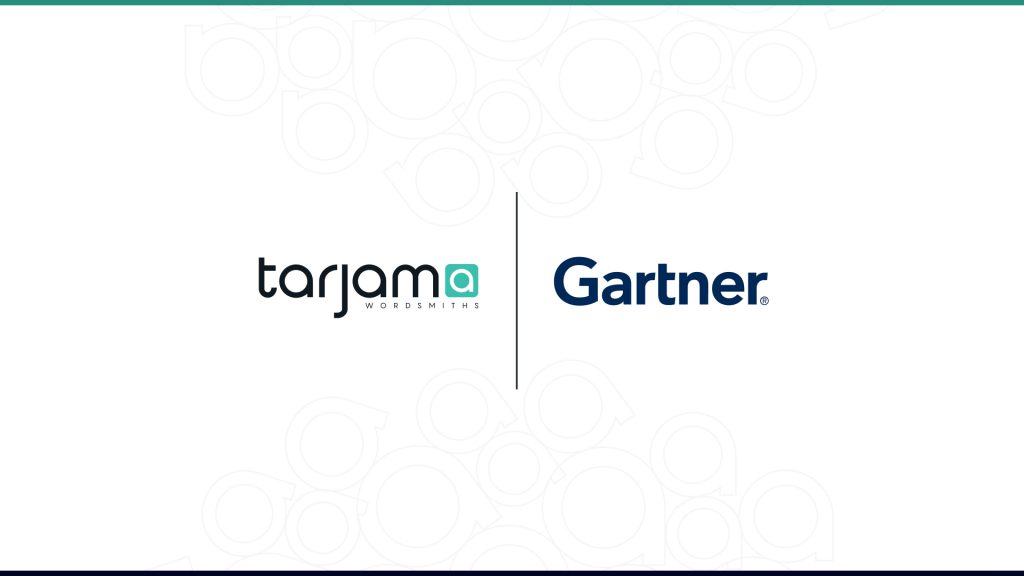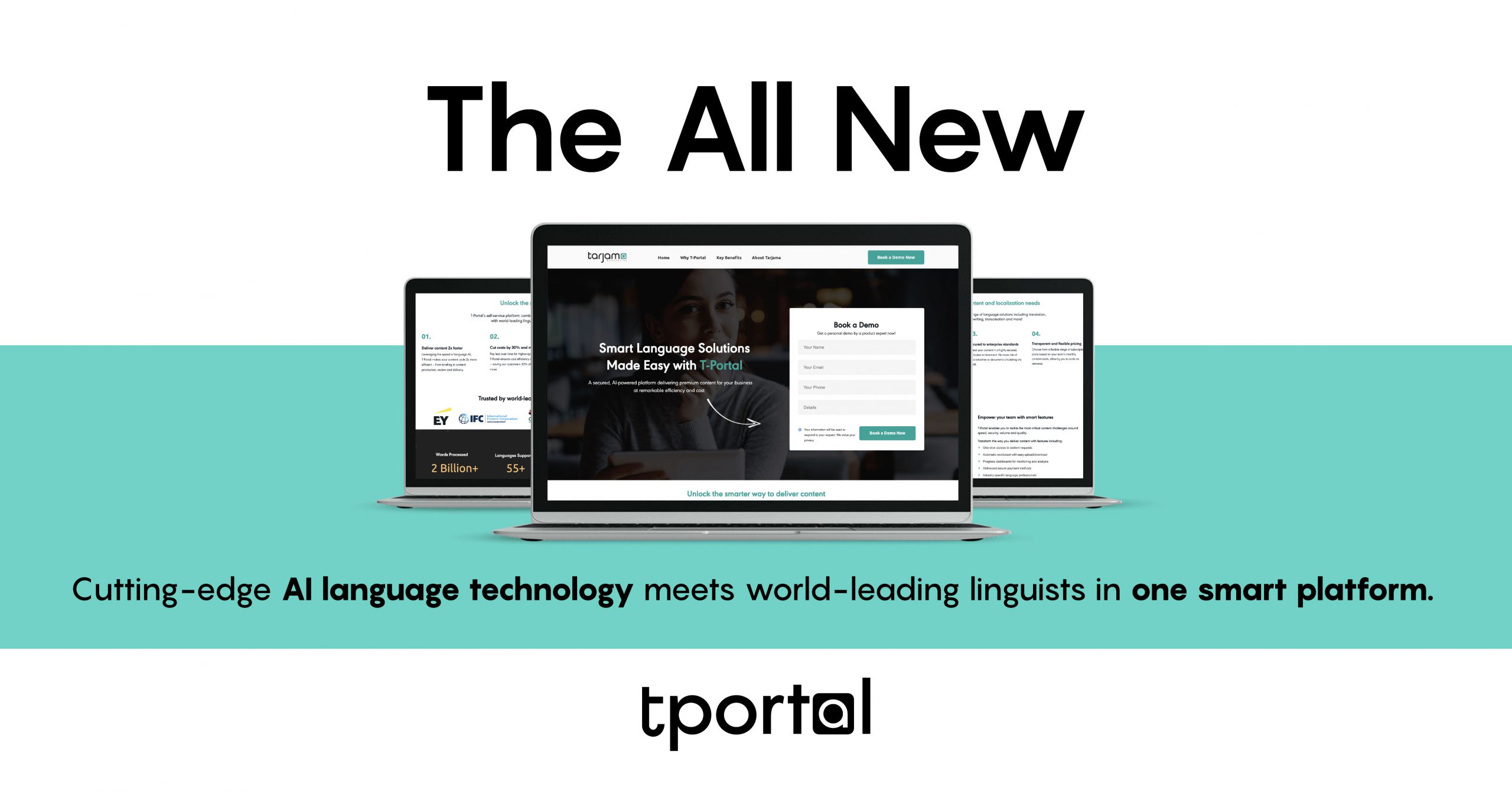
Editing content for different regions and customers, considering the region’s cultural differences and cultural norms in question, is called localization. Every localization practice related to media localization includes updating software and adding new website content. For this reason, it is essential to know the structure and characteristics of the language and region to be localized for. Localization processes that do not address the region where the company aims to appeal do not reach the target audience and cause material and moral losses.
The English language dominates today’s world. So, it’s easy to forget that not everyone uses it daily. In fact, the people that do are the minority, not the opposite. And even though the world is being globalized, one aspect is obvious: For businesses, expanding internationally is becoming more critical. The e-commerce industry is one of the most prominent fields that needs localization to grow and reach new customers.
Thus, you need to find the right words in a context to make your brand stand out. The starting points of this creative process are knowing the culture at every angle and finding the right localization language. Understanding the target community’s culture, commanding the marketing language, and working with a qualified content localization service are the most critical factors. Because e-commerce localization has a different dynamic: Idioms, metaphors, and culture of the region of target language must be studied.
In e-commerce localization practices, the user experience with the final content is the most important factor determining their success in the industry. Therefore, the translator and the localization specialist must have a solid command of the target language. In addition, society’s culture to which the language belongs must be successfully reflected on the media localization and the e-commerce website content.
To develop your website in the dynamic, volatile environment of e-commerce, you must adapt your website content to different languages regularly. These updates should be coordinated with your webmaster; software localization best practices are only possible through collaboration. In this way, you will achieve the desired success in the target language(s) with lower costs.
Common Localization Mistakes
The localization process is much more complex and challenging than translation. Thus, it is more prone to mistakes. However, the importance of localization for e-commerce is so great that these localization errors have the potential to negatively affect your entire service, company, and growth goals. So, what are the most common localization mistakes? We have compiled them for you.
Disproportional Texts
The fact that translated text rarely occupies the same amount of space as the original text is one reason why language and localization need to be considered from the early stages of an e-commerce site’s design. For example, one of the most familiar phrases found on e-commerce sites is “Buy Now.” When you translate this into French, you get “Acheter Maintenant.” It is more than double the length of the original. So, the localization specialist should find a similar phrase that fits in the space.
Odd Idioms
Suppose a brand or a product relies on casual use of language to create a sincere or friendly attitude. In that case, word-for-word translation of idioms and metaphors using only translation memory likely produces strange results. For example, the catchword of KFC “Finger-Lickin’ Good!” becomes “’Eat your fingers off!” in Chinese when translated word-for-word. It is important to recreate the intended tone of the expression through transcreation rather than translating the exact words.
Missing Characters
Any given computer needs to support many different encodings for letters or characters. However, when data is passed through other computers or between different encodings, that data runs the risk of corruption. The Unicode standard provides a unique code for every character, no matter what platform, device, application, or language you work on. So, if your e-commerce site is not enabled to support Unicode, it may not correctly display certain symbols and letters in alphabets with non-ASCII characters, such as Japanese. You should update your site and software, working with experts who perform software localization best practices.
Being Unaware of Dialects
Customers speaking European Spanish, for example, use a very different dialect of the language than Spanish speakers in Mexico or Argentina. Cultural differences between the countries can also be as significant as those between countries speaking other languages.
Localization, therefore, should not just be targeted to a particular language, but to geographical areas, too.
Ignoring Place Names
Although “England” is written the same in Danish, it is written “İngiltere” in Turkish and has countless different translations in other languages. Even so, country names are often treated like people’s names in translations and left unaltered. As well as being a linguistical error, this can appear quite insulting to locals, who may see it as indicative of the brand as a whole.
Skewed Texts
Not all the world’s population read their content from left to right, top to bottom. Arabic and Hebrew, for example, are read from right to left. Though Japanese is the only language where vertical writing is still widely used, many East-Asian languages, such as Korean and Vietnamese, have a long history of vertical writing. Therefore, your e-commerce platform must support these different text orientations.
Confusing Units
Being able to purchase their own currency is a fundamental requirement for most online shoppers. At the very least, conversion rates should be provided. Similarly, dimensions and dates should be displayed and formatted using the conventions of the local customer.
Incorrect Visuals
Although the use of images in place of text on an e-commerce site can simplify international customers’ understanding, that is not always the case. For example, an image containing text showing food labels, books, or magazines, should be recreated using localized text. Images showing culturally incongruous scenes, like vehicles driving on the “wrong” side of the road, should also be changed.
Lost Keywords
Translating keywords verbatim from one language to another ignores the fact that search behavior differs between countries. Localized SEO keywords should be identified as a first step, keeping local search habits in mind. That requires a native insight into what local customers are searching for on the internet.
Irrelevant Content
Additional website content, such as blogs and news posts, is an essential component of every business’s online presence. Unfortunately, this kind of content is often published in the business’s corporate language or just in English, becoming irrelevant content because it will be inaccessible to customers in other regions with people speaking different languages. To build brand awareness and customer momentum in each market, a business should create relevant, localized content in partnership with local bloggers and influencers or professional language services with native translators.
Negligent Acts
Operating across different cultures and regions, commerce brands need to be careful not to offend accidentally. For example, when using images and symbols, it should be considered that they may carry different cross-cultural meanings. Ill-judged marketing campaigns may also be a source of international crisis, such as when Fiat sent thousands of ‘love letters to young women in Spain inviting them to ‘get together with their new Fiat 500 car. Many women were frightened, believing a stranger was harassing them.
Disregarding Local Regulations
Legal obligations and e-commerce practices vary from region to region. Adhering to each region’s regulatory requirements involves complex and extensive legal research with knowledge. Legal translation challenges should be handled by a translator/localization expert or a professional language service having expertise in the language, the law, and the location.
Missed Sales Opportunities
Sales teams see notable rises at specific times of the year. For example, if you’re localizing your website for China, you would want to be aware of Singles’ Day, similar to Black Friday in America. Knowing these special local holidays allows businesses to create localized marketing campaigns to make the most of these hugely profitable selling opportunities.
Inadequate Localization Testing
Regular localization testing can open up huge, global opportunities for your brand. Meticulous analysis by an external team of testers familiar with the language, culture, and requirements of each local market is the only way to be sure no detail is missed and that the site is both customer and search-engine friendly in every language. 
Stale Content
Periodically updating an e-commerce site’s translations ensures the content remains fresh, has an exciting context, and is relevant to the target region and its language. Refreshing your content also boosts your website’s search engine rankings and provides an opportunity to introduce new product features and pricing changes.
Tarjama localization services that are run by industry-specific language experts can localize your content for your brand so that it’s consistent, relevant, and unique to appeal to every region. Our linguists are aided with AI to translate, localize, and transform content in over 55 languages. Get in touch today – you can leave everything to us and see the fantastic results yourselves!




















